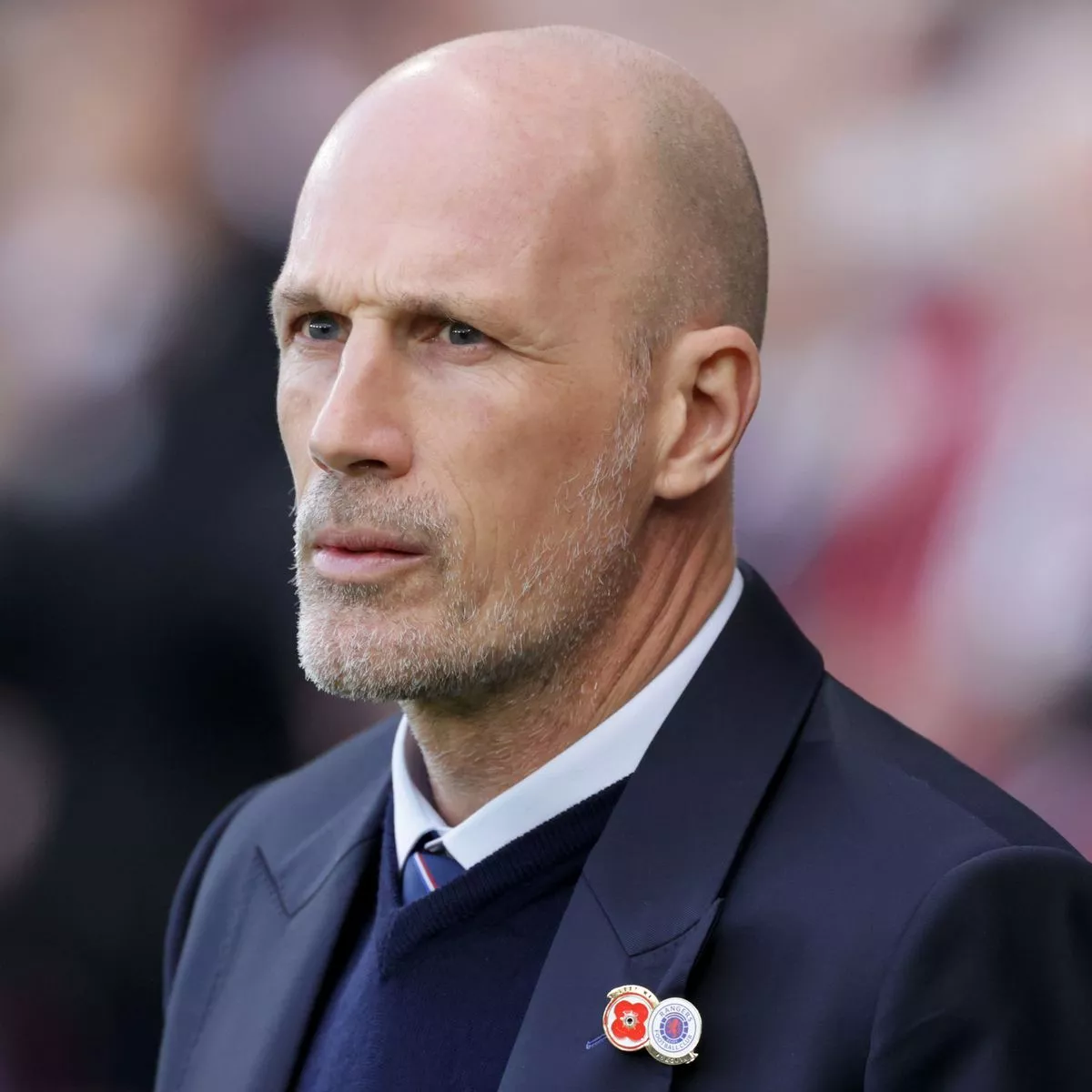
SHOCKING NEWS:RANGERS HEAD COACH HAD A ROUGH FIGHT WITH ONE OF HIS KEY PLAYER AFTER SMASHING HIM IN THE FACE…
Firstly, any altercation between a coach and a player, especially one involving physical violence, raises serious ethical, legal, and professional questions. Coaches are expected to be leaders, mentors, and role models for their players. Resorting to physical aggression undermines these expectations and erodes trust within the team.
The aftermath of such an incident would likely involve an immediate investigation by the team’s management and possibly by league officials. The safety and well-being of the players must be the top priority. The injured player would require medical attention, and steps would need to be taken to ensure their physical and emotional recovery.
The coach’s actions would also need to be addressed swiftly and decisively. Depending on the severity of the altercation and the team’s policies, disciplinary actions could range from suspension to termination. Moreover, the coach may face legal consequences, including charges of assault or battery, depending on the jurisdiction and the severity of the injuries inflicted.
Beyond the immediate repercussions, such an incident can have long-lasting effects on the team’s dynamics and performance. Trust between the coach and players may be irreparably damaged, leading to further conflicts and disruptions. It could also create a toxic environment within the team, affecting morale and cohesion.
From a public relations perspective, the team would need to manage the fallout and mitigate any damage to its reputation. Transparency, accountability, and a commitment to addressing the underlying issues would be essential in rebuilding trust with fans, sponsors, and other stakeholders.
Ultimately, this incident underscores the importance of fostering a culture of respect, communication, and conflict resolution within sports organizations. Coaches and players must understand that violence has no place in athletics and that disagreements should be resolved through dialogue and constructive means.
Moving forward, the team must take concrete steps to prevent similar incidents from occurring in the future. This may involve implementing training programs on conflict resolution, promoting a culture of open communication, and ensuring that appropriate support systems are in place for players and staff members.
In conclusion, the reported altercation between the Rangers head coach and a key player is a serious matter with far-reaching implications. It highlights the need for accountability, transparency, and a commitment to fostering a safe and respectful environment within sports organizations.